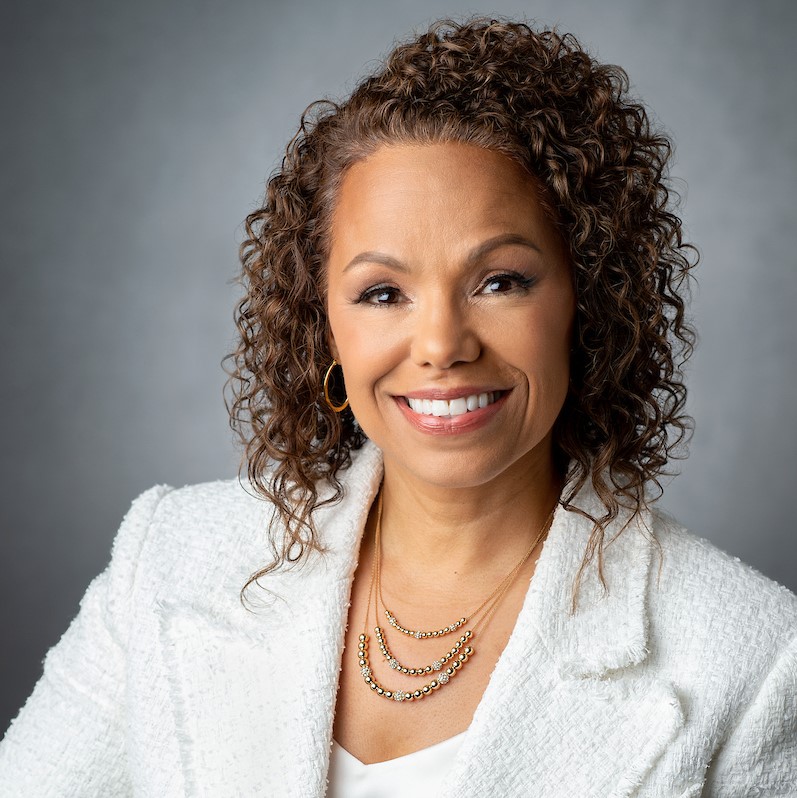
How many times have we been in a restaurant when someone arrives with a cake bearing a celebratory “Happy Birthday” message? While admiring it with sincere appreciation and probably feeling quite special, the recipient likely wouldn’t categorize themselves as “privileged” as a result of this common event.
I recently saw a news story about an adult woman in London who celebrated her birthday in a restaurant and was able to read her birthday cake message herself for the first time. That’s because the pastry chef took the time to study Braille and create a truly readable dessert. This was an incredible gesture of inclusion, moving the recipient to tears. I, in turn, reflected on how privileged I am to be able-bodied and how I may sometimes, ashamedly, take that privilege for granted.
According to Healthy People 2020, health equity means we all have an equal opportunity to be healthy. However, as of 2016, one in four U.S. adults reported a disability (i.e., mobility limitations, deafness, blindness or intellectual disabilities) and faced barriers to health equity.a
Another study followed 754 people over 22 years to understand how living in a disadvantaged community — defined by indicators such as education, employment, housing quality and poverty — might impact active life expectancy.b It found that adults in more advantaged neighborhoods maintained their independence for two years longer than adults in disadvantaged neighborhoods. So by virtue of being in one non-privileged cohort, you will inevitably be included in another.
When we consider health inequities, I would wager to say that we customarily think about more obvious disadvantaged cohorts, such as race, ethnicity, sexual orientation and gender. My challenge to myself and others is to also think across metrics to include factors such as geographic location, gender identity, mental health and religion.
Health inequities may have been revealed more prominently over the past 18 months, but these disparities have long been part of our “before” narrative. So now what? What defines “after”? While many of us sit in positions of power and have the ability to impact policy, practices and procedures at scale, there’s nothing stopping any of us from making our own kind of bold and meaningful impact. We can befriend and/or mentor one person outside our usual circle. We can help someone navigate a provider website. We can check on neighbors. We can be that initial filter that identifies inequities to be solved. Or, while it may not be a cake in Braille, we can celebrate someone in an inclusive way, making their day brighter, their spirit lighter and their general outlook better.
Footnotes
[a] Okoro, C.A., Hollis, N.D., Cyrus, A.C., Griffin-Blake, S., “Prevalence of disabilities and health care access by disability status and type among adults—United States, 2016. MMWR Morbidity Mortality Weekly Report, Aug. 17, 2018.
[b] Gill T.M., Zang E.X., and Murphy T.E., “Association between neighborhood disadvantage and functional well-being in community-living older persons,” JAMA Intern Medicine, Aug.23, 2021.





